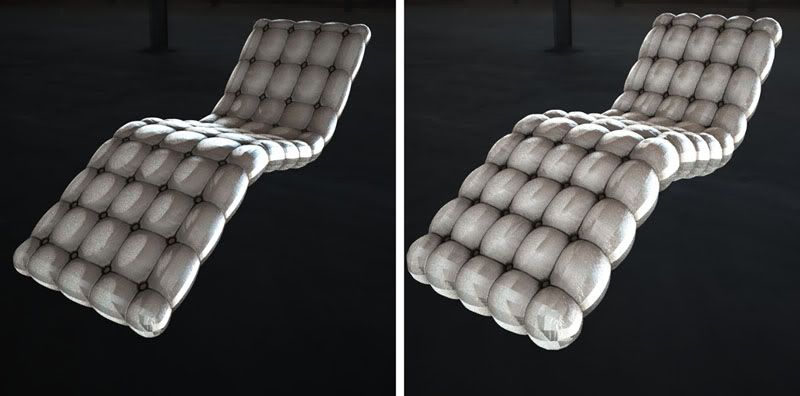No problem KRZ

both Genetica and FilterForge are very good apps, especially FilterForge as it can do so much and with so little effort compared to some of the other i mentioned. One of those apps i talked about, the Texture Maker one is a relative new addition to my workflow now, but it does a great job when it comes to tiling textures, producing procedural textures and extracting textures from photos which are perspective distorted and much more. Also it's nice if you wanna blend multiple textures together into one and create new one's. I used that on some of my recent uploads on the MXM site.
Although MapZone is very good but it has a workflow which is just weird, it's not easy getting your head around how that works, far from as easy as FilterForge is (which is a nobrainer). If you got the brains to work with it then you should look into it, it can create very good looking procedural based tileable textures.
Tools that fit well when i produce these textures are FilterForge (both standalone and via PS), Texture Maker and sometimes Genetica but it's not that often. And ofcourse also Photoshop. But the tools you will like i have no clue about since we're all different. You may instead prefer to work more with programs like MapZone and Genetica.

One more thing you can do, depending on what 3d apps you use is to bake and/or export their procedurals as bitmaps. In C4D this is very useful as it has a good arsenal of powerful procedurals and those you can bake into bitmaps which you then can use when you build other textures for other materials.
The possibilities are so many i would say infinite when you work with these types of procedural generators, you just have to learn to see them and make good use of them. Only then will you be a powerful texture artist like Sabkarim on the MXM site. He knows what he's doing.

I almost forgot to say you can also use Zbrush 3.1 to create tileable displacementmaps and textures, if you got some sculpting and painting talent then that's a good and much more creative alternative.
/ Max








 - By Andreas Hopf
- By Andreas Hopf